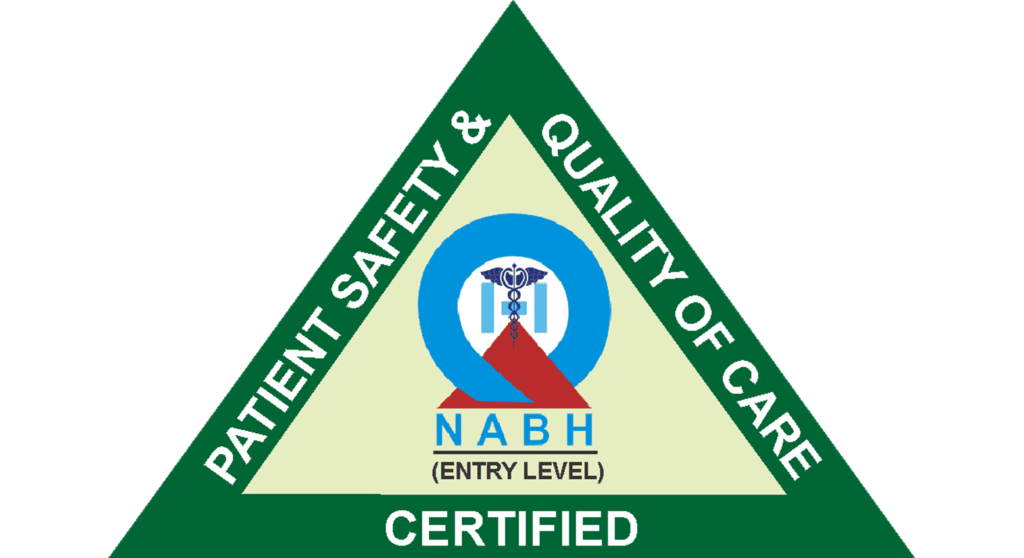

glasses whatever
be the power
ICL Surgery in Mumbai
What is implantable contact lens?
An improved method of treating refractive problems and enhancing visual acuity is the intraocular lens (ICL), which involves surgically implanting a contact lens inside the eye. This lens is placed in front of the eye’s normal lens and is made of a very compatible substance called collagen/collagen. Its main purpose is to precisely focus on the retina from outside light, in a similar way to how contact lenses or eyeglasses work.
An implantable contact lens surgery offers several advantages and has successfully treated over 10 million patients worldwide in the last 20 years.

The lens is customized as per the distinct dimensions and contours of each individual’s eyes, they are selected and facilitate the broadest spectrum of corrective powers that range from +10D to -20D along with the inclusion of cylinder corrections up to 6D. As it is made from a biocompatible substance “Collamer”, the eye adjusts to it without identifying it as a foreign matter. This ensures the safety of the eye in the long run.
Maintains accommodation – Although it is similar to a cataract surgery procedure, it maintains the eye’s natural lens keeping it intact.
It eliminates time-intensive caretaking and the need for replacement as in the case of glasses or contact lenses. The ICL has the property of longevity.
Can Be Taken Out – Individuals have the option to remove an ICL, implantable contact lens surgery is employed for individuals who have severe nearsightedness and farsightedness and those who cannot undergo laser techniques like LASIK, SMILE, or PRK which provide permanent alterations.
Absence of Dry Eye Condition – An advantage of the ICL procedure would be that it avoids causing dry eye syndrome as it refrains from reshaping the corneal tissue.
No stitches are necessary, and the procedure only involves a minor incision since the ICL can be folded, resulting in enhanced recovery time.

Light sensitivity
5.2%
decrease

Difficulty driving at night
8.0% decrease

Reading difficulty
8.7% decrease

Halos
3.2% reduction

Starbursts
2.8% reduction

Complaints of glare
4.8% reduction
Implantable Contact Lens Procedure

Step 1. Pre-Op Eye Exam:
Before your scheduled surgery, your surgeon will examine distinct key areas of your eye to prepare accordingly for the procedure.

Step 2. Eye Drops Administered:
The surgeon will then apply eye drops to enlarge your pupils and numb the eyes for a painless procedure.

Step 3. Lens Insertion:
In readiness for the implantation, your physician will make a small incision at the bottom of your cornea to introduce the ICL. The process is devoid of pain due to the effects of the numbing medication.
A small incision will be made at the bottom of the cornea to insert the ICL, it is devoid of pain due to the effect of eye drops.

Step 4. Lens Positioning:
After placing the lens carefully, your surgeon will make any further modifications if required for proper fixation of the lens within the eye.

Step 5. Final Step:

Step 6. Post Op & Check-up:
As instructed by your doctor, it’s important to follow the recommended schedule for post-surgery appointments at the clinic. Be sure to routinely follow all the guidance provided by your doctor after the ICL implantation.
ICL – Implantable Contact Lenses Videos
Best ICL Surgeon in India

Dr. Nitin
Balakrishnan
Cataract & Refractive Surgeon

Dr. Nikhil Nitin Balakrishnan

Dr. Pavitra Patel Balakrishnan
Frequently Asked Questions
The cornea retains its structural shape under ICL as there is no extraction or incision of tissue is made. This method is considered to be safer in individuals with thin corneas and those with elevated levels of myopia, hyperopia, or astigmatism. However, patients with larger pupils have been found to have fewer problems with glare.
The toric ICL is like a clear contact lens having a long-lasting property, implanting a toric lens can rectify severe nearsightedness as well as astigmatism in a single surgery. The lenses are made so that they meet specific individual eye conditions.
The procedure is made painless by applying a topical anesthetic drop before the surgery. The majority of patients have reported a feeling of ease during the procedure.
The ICL is comprised of a minute amount of refined collagen manufactured from Collamer, an innovative lens material with exceptional biocompatibility.
Your doctor has the capability of removing and replacing the implanted ICL, making your procedure flexible and able to adapt if vision changes occur some time after surgery.
ICL primarily provides permanent placement but in case of any discomfort or complications, your ophthalmologist can extract the implant through a minor procedure.
No, as it’s positioned behind the iris, the ICL is invisible to both the person wearing it and the observer.
Upon implantation, the ICL becomes entirely unnoticeable and stays fixed in place, without causing any sensation with the eye’s internal structures.
A comprehensive eye evaluation is required to assess your eligibility, ICL is designed to confront refractive errors in adults and the aged. It is a preferred alternative for those ineligible for laser refractive surgery. You should postpone your procedure if you are pregnant or breastfeeding. Lastly, ICL may not be suitable for individuals with insufficient depth of the anterior chamber or density of endothelial cells.







